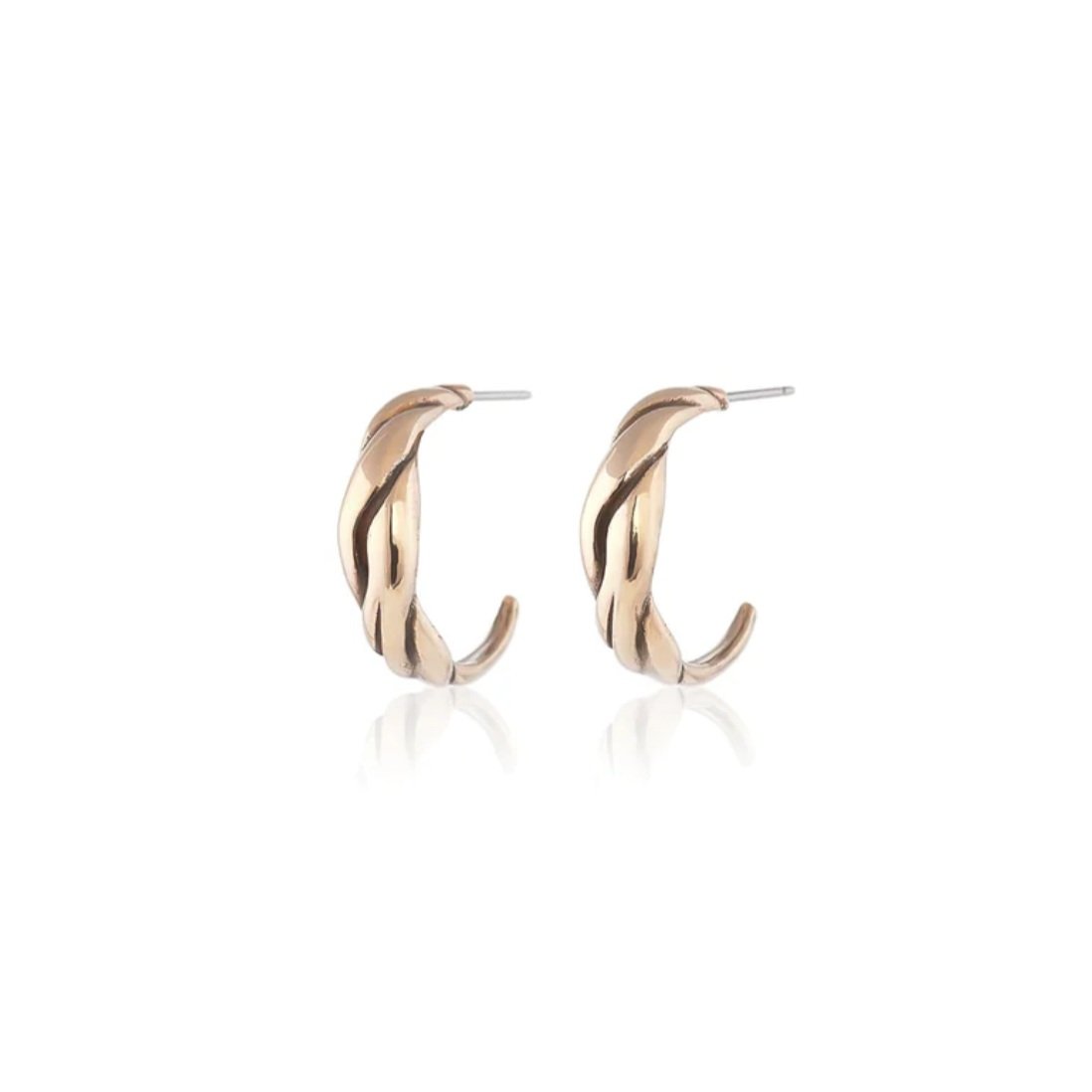The Elimination Diet
Embracing Nourishment: Eliminating Foods That Do Not Serve Your Body
Offered with love by Vanessa Woog
As we venture further into the colder months and continue to direct our attention inward, we build on the practices we cultivated through mindful eating and managing cravings, delving even deeper with an elimination diet. This interim dietary approach involves a deep exploration to identify the foods that genuinely nourish your body and those that deplete it, thereby impacting overall health.
Embarking on this journey is truly transformative, as it is an invitation to connect deeply with your body and inner self. It is a time of focus and introspection, calling for attentive listening, presence and openness. It urges you to welcome in your intuitive gifts and refine them to attune yourself to your body with greater clarity, compassion and wisdom.
You deserve to know your body this intimately.
Now is the perfect moment, as every moment is, to let go of what no longer serves your body’s well-being, and invite in what most nourishes you. Just as we apply this principle to our spiritual and emotional well-being, let’s integrate this mindset into our physical health, releasing what no longer supports our bodies.
Embracing this diet as the year draws to a close can offer a wonderful opportunity to begin the new year feeling refreshed, energized and grounded.
Why an Elimination Diet is More than An Approach
An elimination diet is a way of eating used to identify specific foods or food groups that may be triggering adverse symptoms, including allergies and food sensitivities. This involves temporarily excluding certain foods from the diet and subsequently reintroducing them one at a time, monitoring any possible reactions and noticing their impact on the body.
But it is more than that.
It is an opportunity to heal the body through the potency of food and nutrition, truly heeding to the wisdom encapsulated in Hippocrates famous quote: “Let Food Be Thy Medicine and Medicine Be Thy Food”. The elimination diet offers insight into the effects of various foods on the body, an understanding of how dietary choices influence one's overall well-being, and the creation of a new and heightened awareness within the body to discern the foods that promote well-being.
The daily food choices you make significantly influence your overall well-being, not only your physically health, but also your emotional and mental state. Certain foods can literally make you sick and drag you down, contributing to symptoms such as fatigue, brain fog, digestive issues like heartburn, migraines, skin conditions and joint pain. Just as likely there are foods that have the potential to uplift you, offering exceptional energy and nourishment.
Are you ready to discover which foods possess the transformative power for healing?
The Five Key Benefits of Adopting An Elimination Diet
Aside from identifying potential food triggers and sensitivities that negatively affect the body, thereby offering relief from associated symptoms, the elimination diet presents many other key benefits.
Reduction in inflammation: Chronic inflammation plays a pivotal role in nearly all chronic diseases, and is a significant contributor to mortality. Through the implementation of an elimination diet, nourishing foods are used to calm chronic inflammation, restore gut integrity and reestablish balance within the body.
Enhanced Mental Clarity: Food sensitivities and allergies can affect cognitive function, leading to brain fog and difficulty concentrating. Through the removal of triggering foods, individuals may experience improved mental clarity and clearer focus.
Improved Digestive Health: If you have digestive issues, an elimination diet can help identify and eliminate foods that may exacerbate these problems, promoting better digestive health.
Weight Management: Some people find that an elimination diet helps them lose weight or maintain a healthy weight because it encourages a focus on whole, unprocessed foods and can reveal triggers for overeating or cravings.
Improved Skin Health: Skin conditions like acne, eczema, or psoriasis may improve or clear up when potential dietary triggers are removed.








